Recently, many parts of the country have entered a period of high influenza A, which has not only led to the closure of schools,
but also brought pressure on hospital visits and even the public to rush to stock up on medication.
So what exactly is influenza A? What is the difference between the new crown and the common cold? How should we prevent and treat it?
Let's talk about it today.

What is influenza?
What is 'influenza A'?

Influenza (influenza for short) is a highly contagious acute respiratory disease caused by the influenza virus, which causes seasonal epidemics
worldwide every year and can cause unpredictable pandemics, with a high incidence rate, posing a great threat to human health.
Influenza A (A), B (B), C (C) and D (D) viruses are classified into four types, and influenza A (hereafter referred to as influenza A) has a
winter epidemic pattern in the northern provinces north of 33 degrees north latitude and a winter epidemic pattern in the southern provinces
south of 27 degrees north latitude. The southern provinces south of 27 degrees north latitude show a
single annual peak in spring, and the mid-latitudes show a double-cycle peak in winter and summer each year.

How is influenza A spread?

The Influenza A virus is spread through droplets of respiratory secretions, as well as through direct or
indirect contact with mucous membranes of the mouth, nose, and eyes.
Children are at high risk of influenza and serious cases。Children have an important role in the epidemic and
transmission of influenza, with children during the influenza epidemic season having the highest rates of infection
and morbidity are usually highest, often transmitting influenza viruses to family members or as a source of infection to schools and communities.
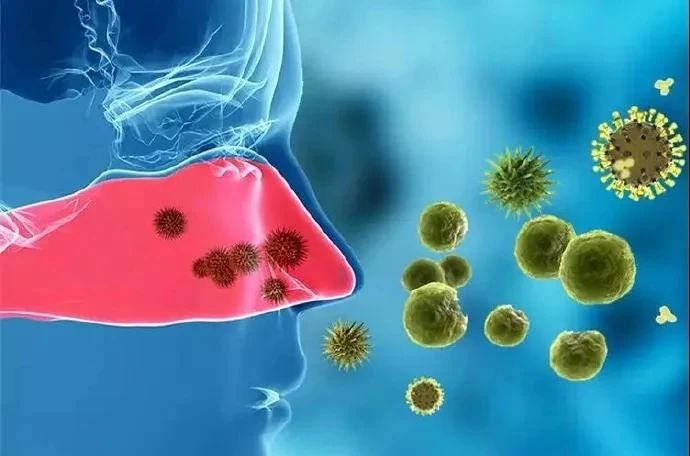

A chart to know the difference between the three
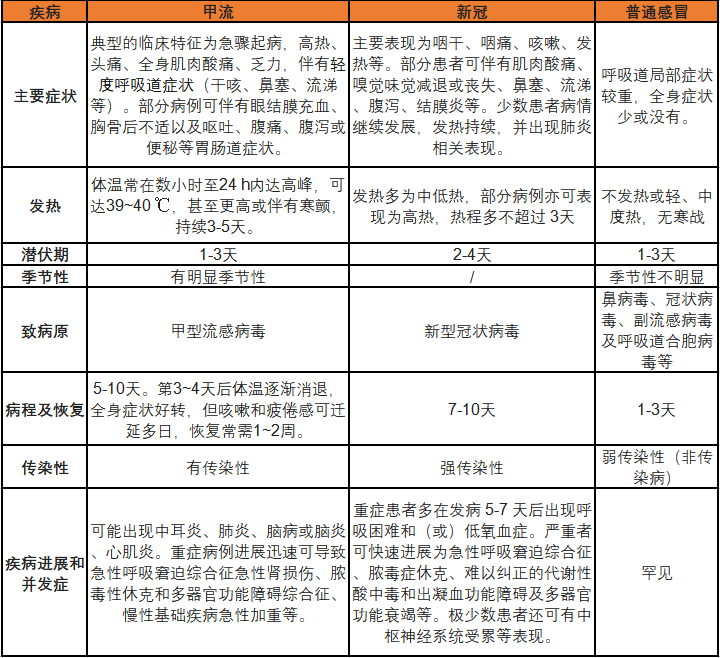

Will there be antibodies after recovery?
Will it be easy to reinfect?

The population is generally susceptible and has some immunity for a short period of time after becoming ill.
Since influenza viruses often mutate, the infection can be repeated.

Do I need medical attention for the flu?

In terms of influenza treatment, symptomatic supportive treatment is generally the main focus. If there is persistent high fever, shortness of breath,
or aggravation of underlying disease, you should seek medical attention in a timely manner. Especially for elderly people with underlying diseases, it is
recommended that when there are symptoms of fever, cough, headache, and weakness, they should seek medical attention in a timely manner, and if they
are diagnosed with influenza Anti-viral drugs should be used early to avoid further deterioration of the disease and aggravation of the underlying disease.
Tips:
The target cells of influenza viruses that infect humans are primarily respiratory mucosal epithelial cells, producing a range of upper respiratory symptoms.
The use of nebulized inhalation therapy allows for some symptomatic treatment of upper respiratory symptoms of influenza, such as the use of inhaled
glucocorticoids under medical supervision to reduce post-infection cough or sore throat.
Pneumonia is the most common complication of influenza, while influenza may complicate bronchial asthma and induce acute attacks of chronic obstructive
pulmonary disease (COPD). Therefore Patients who themselves have asthma or COPD need to be vigilant about disease care during influenza epidemics,
such as administering reasonable nebulizer therapy, to avoid disease progression or exacerbation.
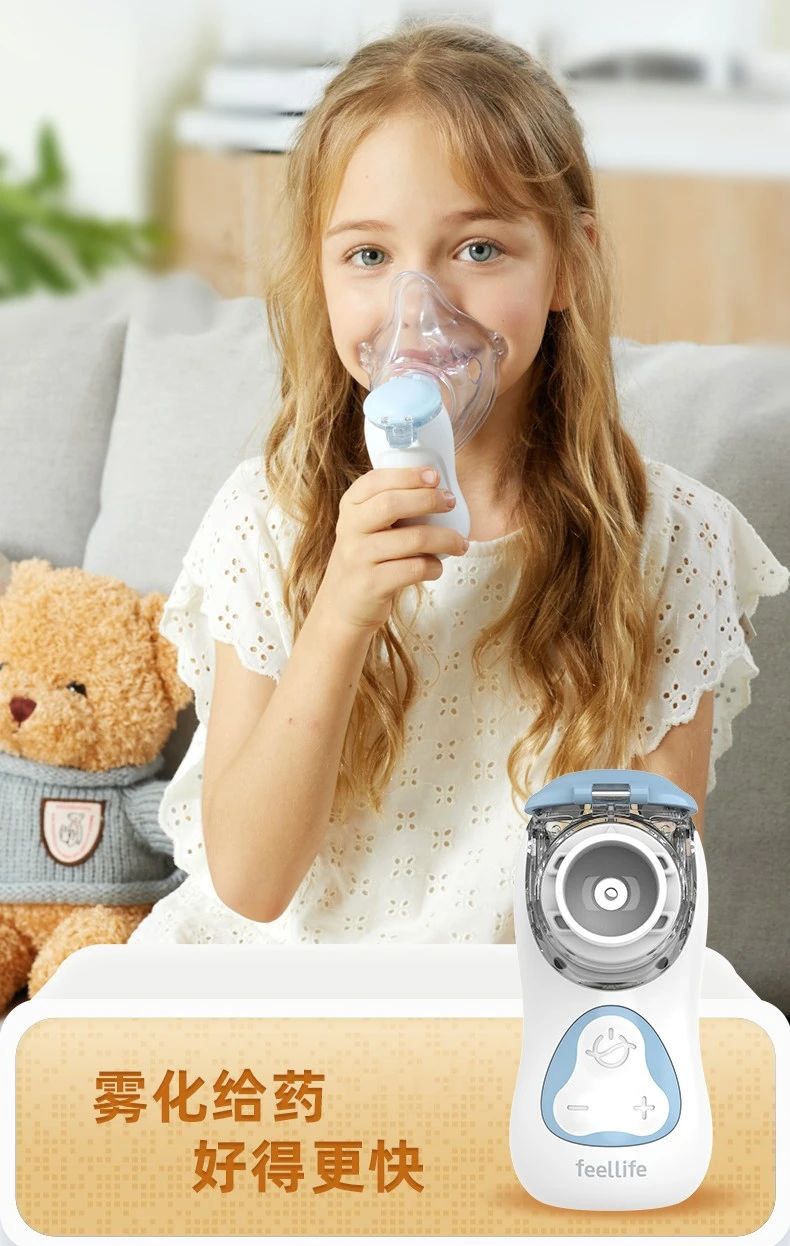
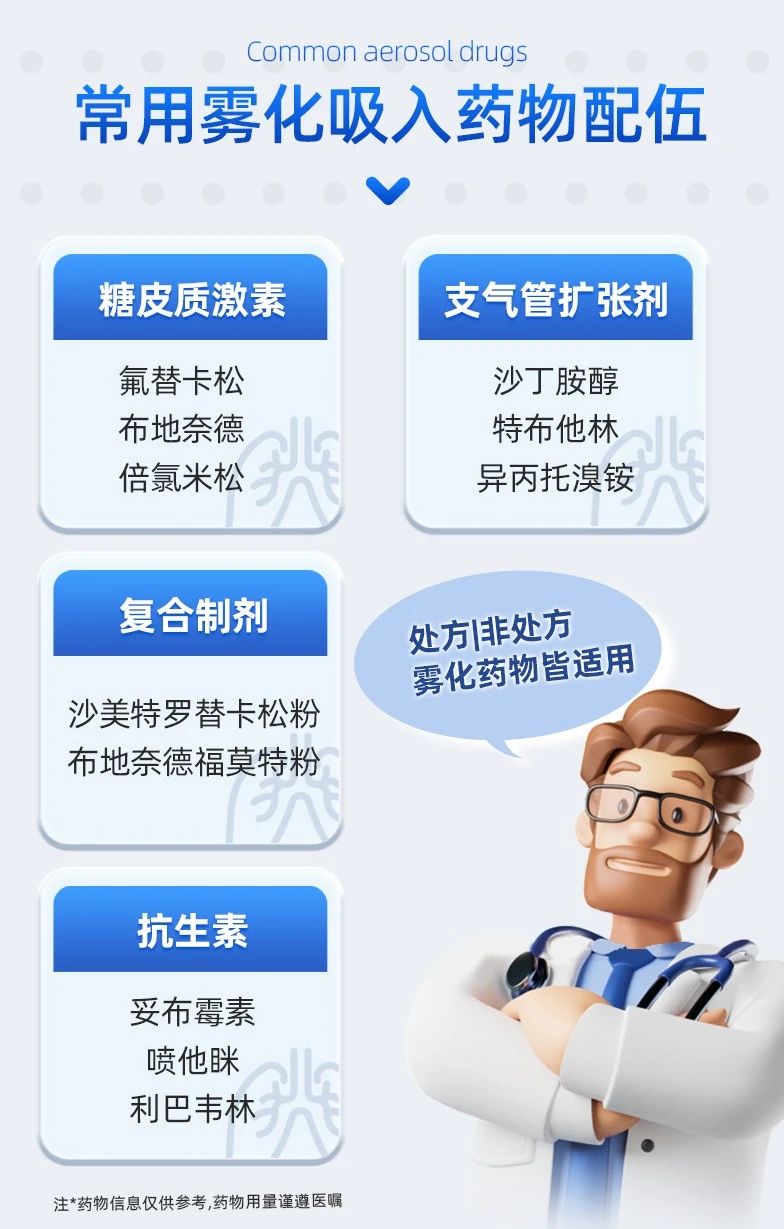

How to prevent it?

| 1、 | Influenza vaccination; |
| 2、 | Taking preventive medication; |
| 3、 | Maintain good personal hygiene habits, avoid going to crowd gathering places and avoid contact with patients with respiratory infections; |
| 4、 | Scientific cleaning of the nasal cavity。 |
Nasal saline rinsing is a safe, convenient and inexpensive preventive method that has the effects of diluting mucus, improving mucociliary clearance,
reducing mucosal edema and reducing allergen load in the nasal cavity and sinuses.
The main nasal irrigation devices and methods currently in clinical use are nasal irrigation, spraying and nebulization, and the rinsing solutions include
saline, deep sea saline and hypertonic saline types.
It is advisable to give it a try, and you may be 'enlightened'.
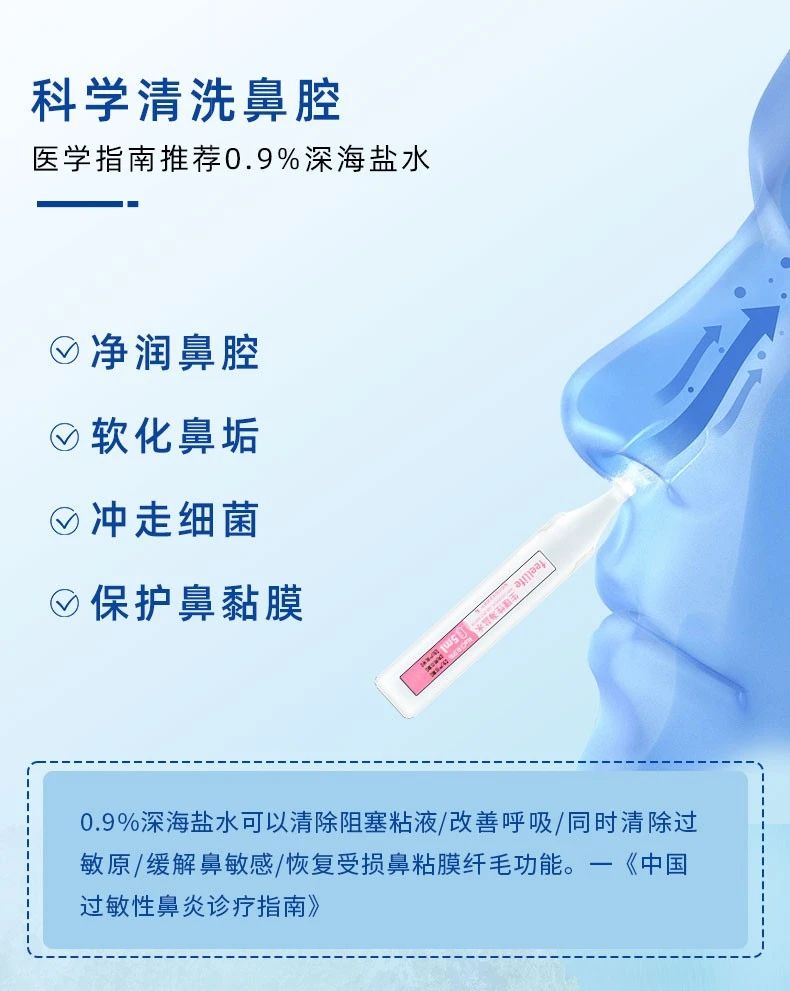
文献引用:
1、中国医师协会急诊医师分会, 中华医学会急诊医学分会, 中国急诊专科医联体, 北京急诊医学学会, 解放军急救医学专业委员会. 成人流行性感冒诊疗规范急诊专家共识(2022版)[J]. 中华急诊医学杂志, 2023, 32(1): 17-31
2、国家呼吸系统疾病临床医学研究中心, 中华医学会儿科学分会呼吸学组. 儿童流感诊断与治疗专家共识(2020年版) [J] . 中华实用儿科临床杂志,2020,35 (17):1281-1288.DOI: 10.3760/cma.j.cn101070-20200224-00240
3、新型冠状病毒感染诊疗方案 (试行第十版)
4、中国变应性鼻炎诊断和治疗指南(2022年,修订版)